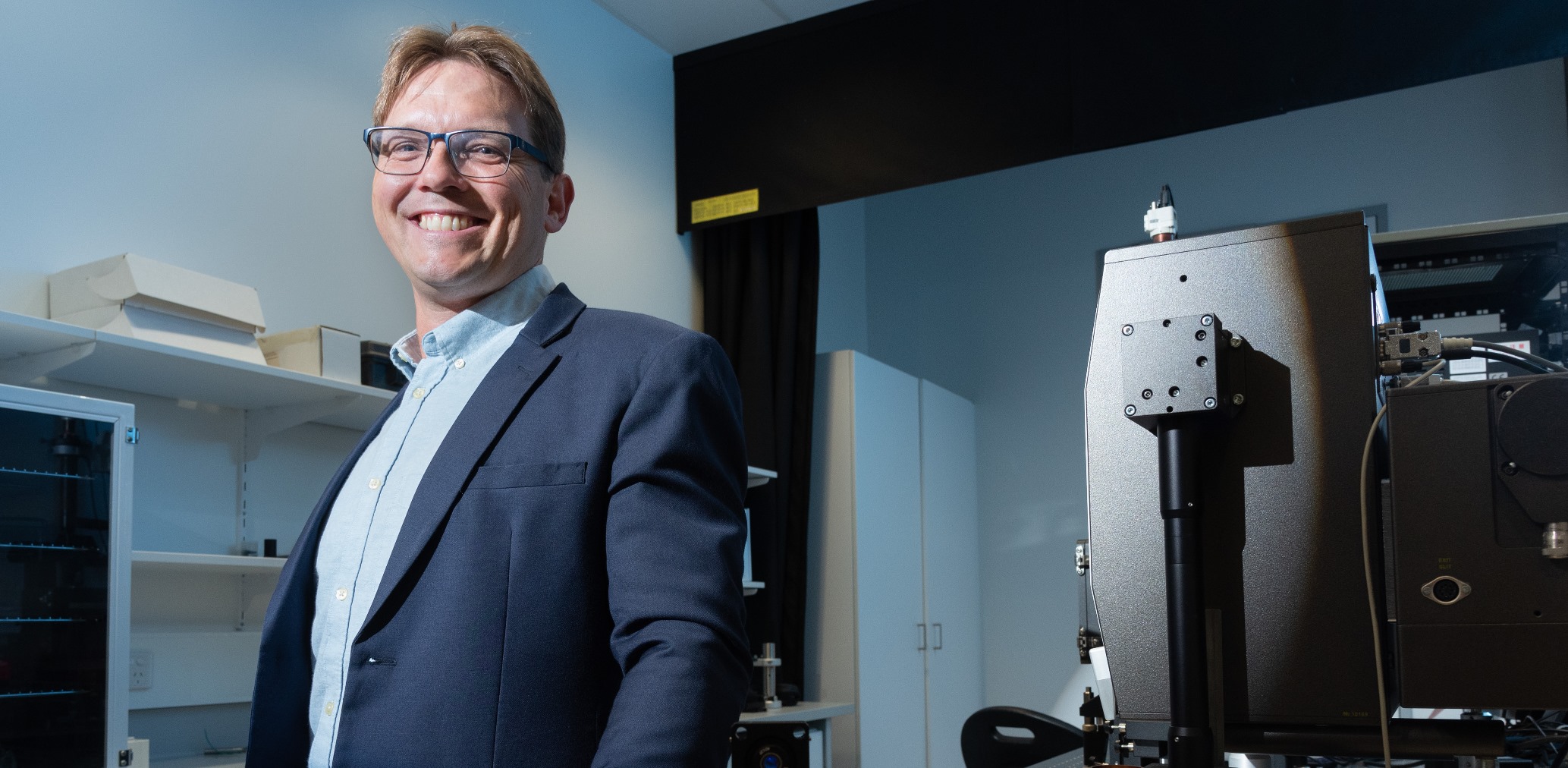Australia’s first laser fusion energy company HB11 Energy has been awarded a $20 million project as part of Deakin University’s plans to build “the largest recycling and clean energy advanced manufacturing ecosystem in Australia”.
The $20 million project comprises a ~$6 million grant from the $50 million granted to Deakin University through the Federal Government’s Trailblazer Universities Program, plus $14 million in contributions from partners.
It will see HB11 Energy work with Deakin’s Recycling and Renewable Energy Commercialisation Hub (REACH) to manufacture hydrogen-boron fusion fuels.
Hydrogen-boron reactions could provide large-scale power for base-load grid electricity or hydrogen generation, using fuels that are very similar to those used for hydrogen storage. Relative to other fusion fuels, they are completely safe and abundant.
This fusion approach creates insignificant amounts of short-lived waste because it does not generate neutrons in the primary reaction.
Deakin’s team led by Professor Ian Chen has demonstrated success in the application of new graphene-like materials for hydrogen storage for combustion application. Its hydrogen storage technology is currently the only material that can contain the optimal mix of hydrogen and boron for fusion energy generation.
Professor Ian Chen, Director of the ARC Research Hub for Safe and Reliable Energy, said: “The joint project aims to support the scaled manufacture of this hydrogen-containing graphene-like material. It will also develop the manufacturing of a recently discovered two-dimensional material called Borophene, which is anticipated to be the ideal hydrogen-boron fusion fuel as it only contains hydrogen and boron.”
Commercialisation of this project will initially support a rapidly-growing market amongst an international research community pursuing hydrogen-boron fusion using lasers.
This is an approach pioneered by HB11 Energy and its co-founder and scientific director, Professor Heinrich Hora.
Dr. Warren McKenzie, Founder & MD of HB11 Energy, said: “We are absolutely delighted to be part of another successful Trailblazers grant, and we look forward to working with Deakin on this project.
“Deakin is a leader in materials science and research commercialisation, with a strong intellectual property pipeline and a track record of fostering productive industry collaboration and engagement. The team has shown an impressive ability to develop processes for scaled manufacture of micro-and nanostructures with their in-house materials processing and the greater capabilities in the Australian National Fabrication Facility.
“This is an important step in establishing Australia’s sovereign capability in manufacturing fusion fuels, to deploy the only truly safe, scalable, and extremely low-cost energy of the future.”
Alfred Deakin Professor Julie Owens, Deputy Vice-Chancellor Research at Deakin University, said: “Recycling and renewable energy are key to reducing landfills, reliance on fossil fuels, and the devastating costs of global warming. REACH will help build Australia’s sovereign capability in key manufacturing priorities, driving the country’s single largest recycling and clean energy advanced manufacturing ecosystem.”
The project supports a key element of HB11 Energy’s technology roadmap towards creating clean, safe, and reliable energy at better prices and in greater abundance than all existing renewable energy sources combined.
It builds upon the ARC linkage grant and $2m project awarded to Deakin’s team and HB11 Energy in 2021, from which it has already demonstrated fusion by using Deakin University’s materials (yet to be published in peer-reviewed scientific literature).
The project will also be complementary to H2 storage for combustion, which will be commercialised as a result of the project. It could set Australia up to be a world leader in the manufacturing of these materials.
REFERENCES
Download image for media release here. Caption: Dr. Warren McKenzie, Founder and MD of HB11 Energy
HB11 Energy (hb11.energy) is creating the future of clean energy; safe, reliable, and unlimited electricity, generated by small nuclear fusion reactors that use abundant fuels with little or no harmful waste. It does this by using laser technology to fuse hydrogen and boron-11. Hydrogen is the most abundant element in the universe, while Boron-11 comprises some 80% of all Boron found in nature, is readily available, and is a stable, non-radioactive isotope.
Unlike other nuclear and fossil-fuel burning plants, HB11 Energy’s energy-generating process does not require large plants. Energy is released in the form of charged particles and can directly be converted to electricity without the need for steam turbines. This approach generates few neutrons through minority side reactions, which minimizes waste issues. There’s no risk of a reactor meltdown and the energy generated can be directed straight to the grid.

